Theoretical and Computational Quantum Materials (TCQM) Laboratory
Research Group
(former Theoretical and Computational Condensed Matter Physics (TCMP)) Our research interest focuses on developing theoretical explanations of transport, magnetic, and optical properties of strongly correlated electron systems, ranging from mesoscale to nanoscale physics

People Behind
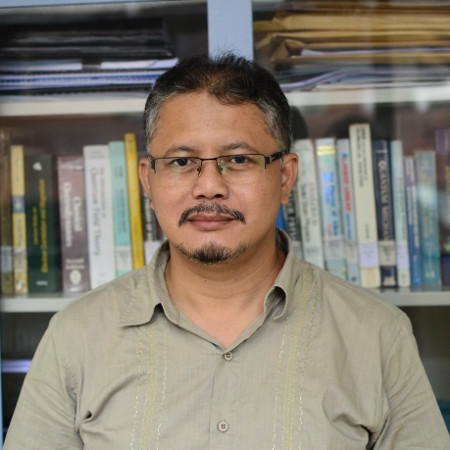
Head of Laboratory, Associate Professor
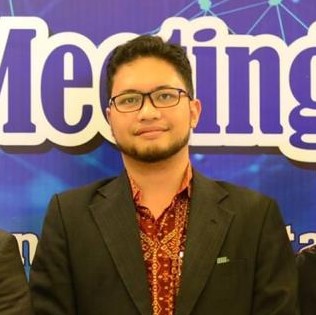
Associate Professor

Assistant Professor
STRONGLY CORRELATED ELECTRONS
In most cases, we employ tight-binding based many-body techniques implemented in numerical algorithms which are then computed using Fortran 90 language. Typically, due to the large scale of the problems, our computation need be managed in parallel using MPI or OpenMP. On the theoretical aspects, we have been using Mean-Field as well as Dynamical Mean-Field approximations to handle various types of interactions in the systems being studied. We are currently also developing tight-binding based GW – Bethe-Salpeter Equation (BSE) algorithm to study excitonic effects. Along this direction we are also using Density Functional Theory (DFT) based GW-BSE package for comparisons. Students working in our group have the opportunity to learn advanced physics, develop computational skills, and have fun doing research projects with fellow students and researchers.
MESOSCALE AND NANOSCALE PHYSICS
Theoretical modeling and computation to investigate spin-current related phenomenon and magnetic interaction in magnetic multilayers based on transition-metals and rare-earths. Including: spin transfer on bilayer of ferromagnet and non-magnetic metal; Spin pumping: An adiabatic precession of the magnetization pumps a spin current from ferromagnet to non-magnetic layer; Spin transfer torque: torque due to angular momentum loss induced by spin current transfer; And spin related phenomenon and magnetic interaction, such as, Spin Seebeck effect: electric current generation due to thermally induced spin current; RKKY interaction: exchange interaction mediated by spin of conduction electron.







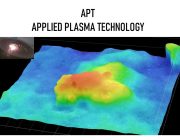
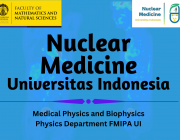
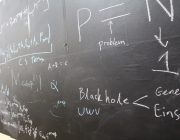
 English
English